The BMW Z1 was first seen in 1986, first shown at the Frankfurt Motor Show in 1987 and first went on sale in 1988. The only two-seat BMW since the stunning 507 nearly three decades earlier, it was called Z1 for a reason – this was a truly forward-looking BMW for modern times. Even the name emphasised this: it’s Z for zukunft – the German word for ‘future’.
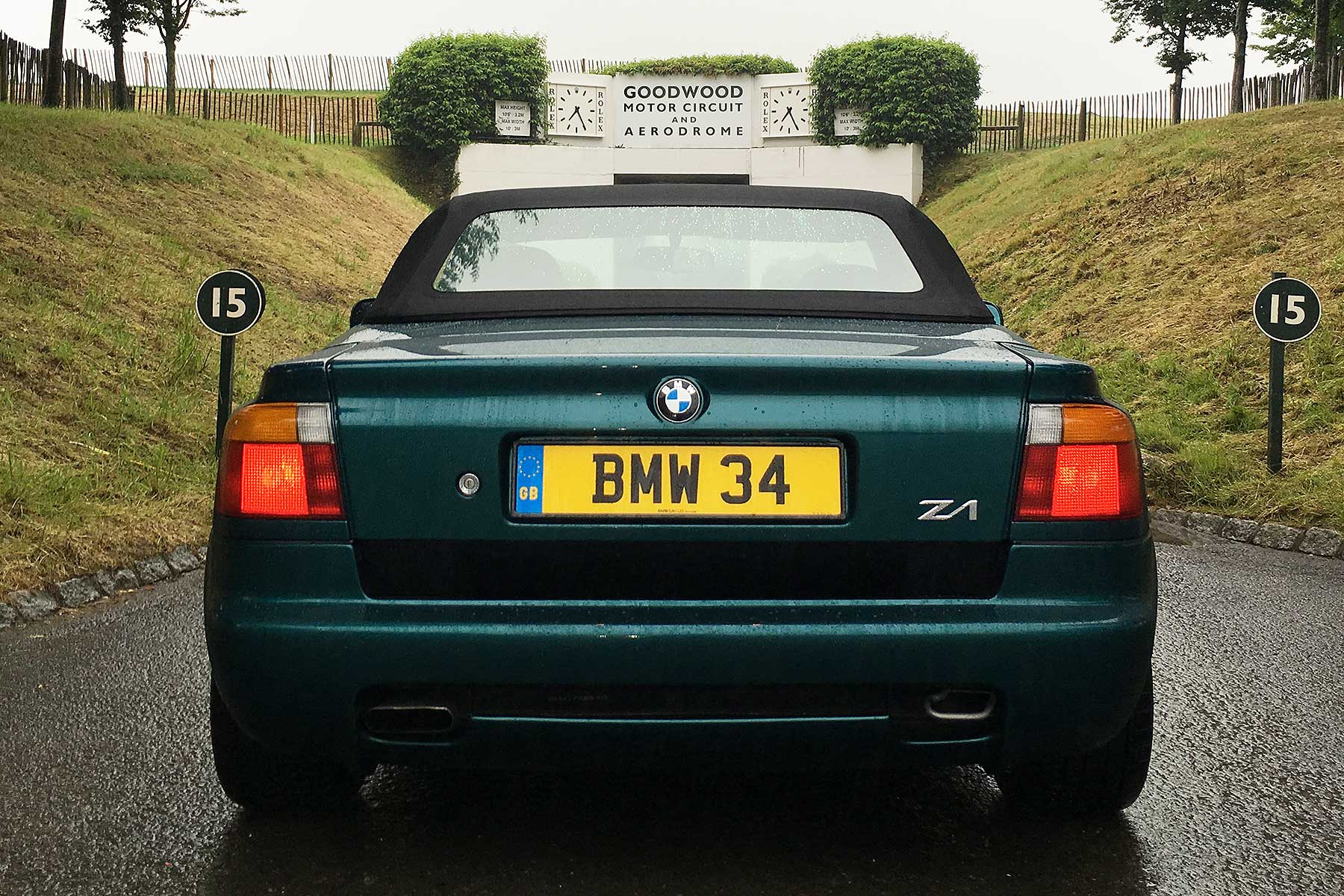
Initial demand was huge (this was the late 1980s, after all). An original plan to build just 5,000 cars was soon increased to 8,000, with the vast majority going to Germany. Being left-hand-drive hampered the Z1’s appeal in the UK, but a lofty list price didn’t help either. Today, it still sells for more than those original buyers paid, though – how’s that for a depreciation-buster?
The Z1 seen here is from BMW GB’s heritage fleet. It remains one of the most ambitious models from 107 years of BMW history.
What are its rivals?
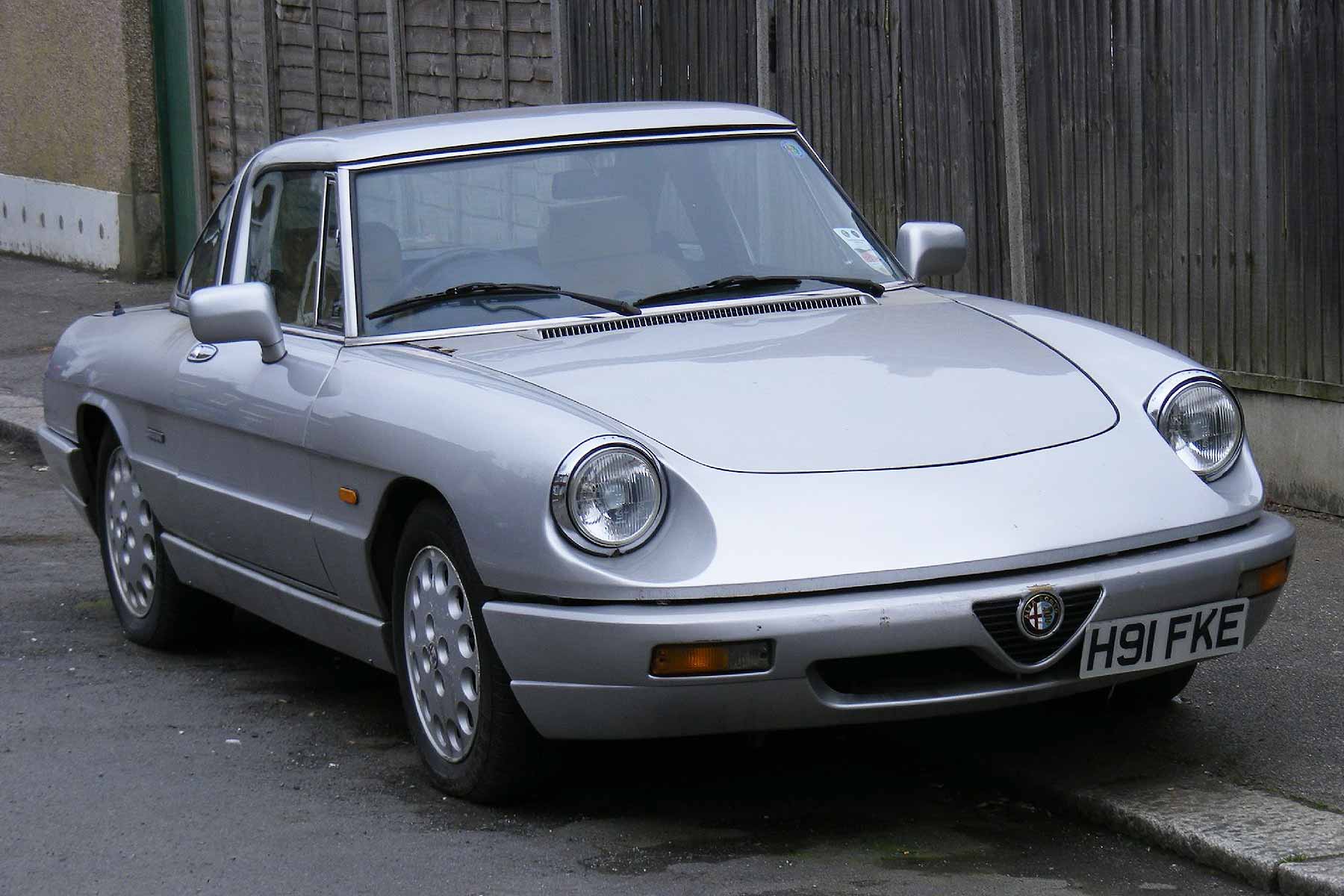
Back in 1990, rivals for the Z1 were few. Roadsters had fallen out of fashion and Mazda had only recently launched the MX-5 to bring them back into style. The Alfa Romeo Spider was feeling off the pace, and neither Audi nor Mercedes-Benz had roadster rivals. Even the MGF was some way down the line.
Today, it’s a relatively accessible way into exclusive BMW ownership. Cars such as the Z8 are way off the scale these days, but you’ll turn just as many heads in a Z1.
Which engine does it use?
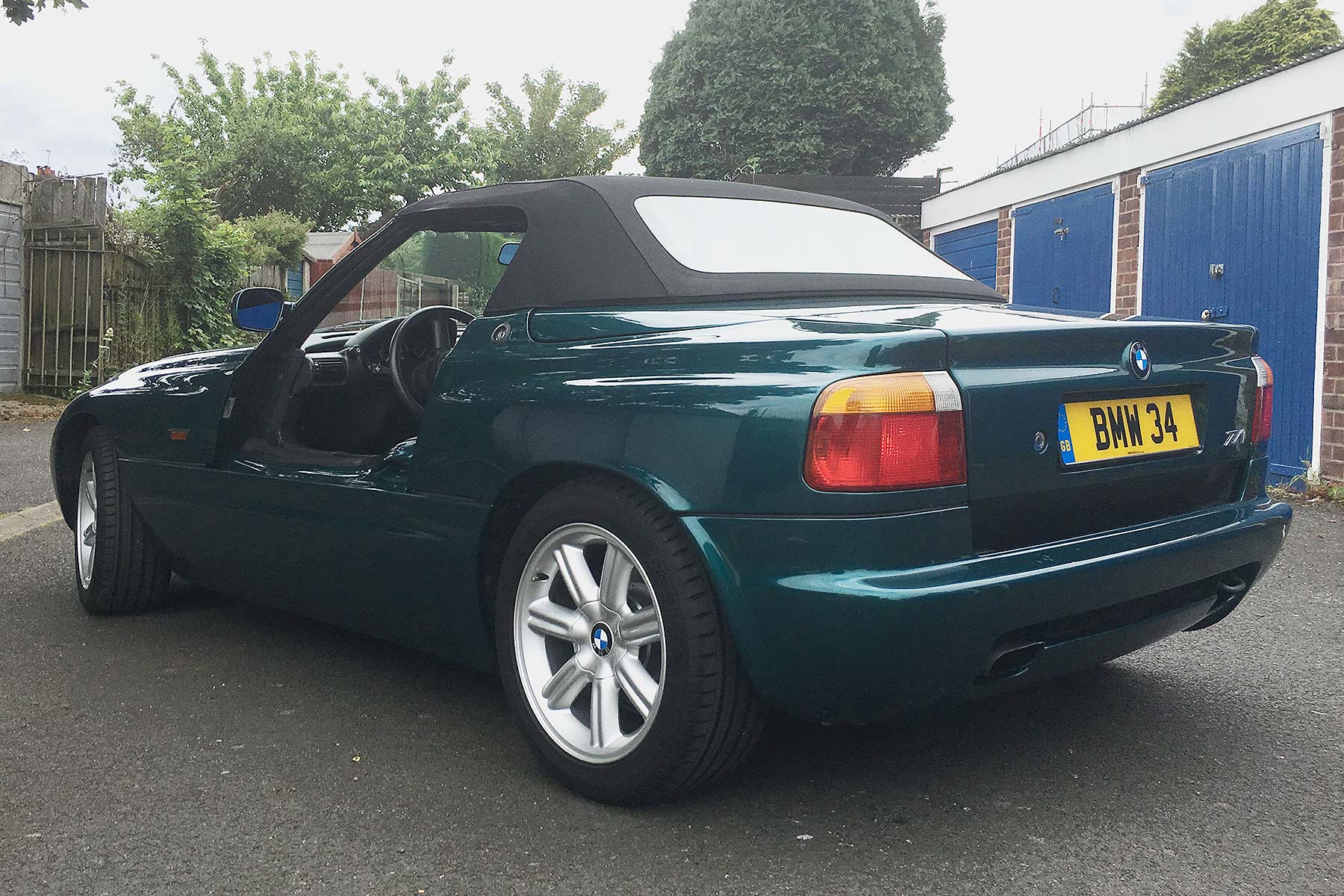
The Z1 uses the 2.5-litre straight-six M20 engine from the E30 BMW 325i. First launched in 1977, the motor was by now fuel injected, but still getting on a bit (think single overhead cam and two valves per cylinder). Even so, 170hp and 168lb ft of torque were decent numbers for 1990. It’s paired with a five-speed Getrag manual gearbox.
The Z1 perhaps isn’t as light as you’d think, with a kerb weight of 1,250kg, but rear-wheel-drive traction means 0-62mph in a brisk 7.9secs. Decent aerodynamics (with the roof up, at least) give it a top speed of 141mph.
What’s it like to drive?
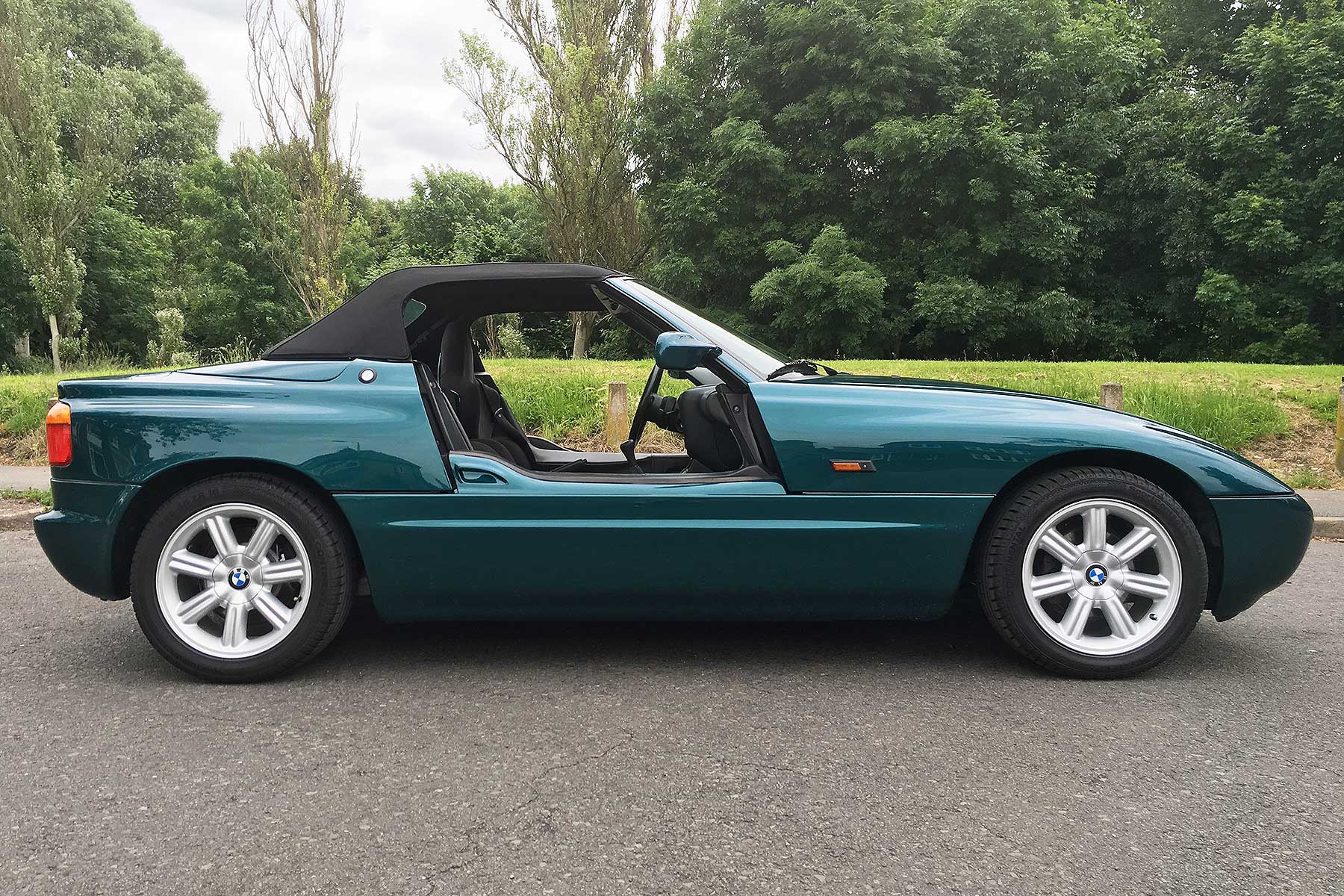
It’s truly bizarre in one respect: you can legally drive with the doors open, almost touching the ground as you move. Do so and you feel uncommonly exposed and open, which is a wonderful experience so long as you’re not going too fast (wind blast takes over upwards of 40mph).
The Z1 feels a bit rattly for the first 10 minutes. The chassis is stiff, but it still lacks the torsional rigidity of a modern car. The steering’s a bit twirly, the gear change has a long throw and the harmonious engine is tappety and lacking immediacy. It’s not quick by today’s standards, although the torque is easy to access. But you soon tune into it and appreciate its uniqueness.
Up your speed and the Z1 gets smoother. Relaxed damping floats it along beautifully, but still in control, while the steering becomes chatty and fingertip-tactile (with the stuff they tune out of modern systems), almost as if it’s been woken by at-speed downforce on the front end. An innovative early iteration of a rear diffuser plants the rear as well, making it feel unexpectedly stable and confident at speed. It’s a genuine all-day-long 100mph autobahn cruiser.
It’s not overly stiff and is far from aggressive: simply neat, tidy, compact and engaging. It’s not focused fun in the way a contemporary E30 M3 is, and it certainly rolls more than some sports cars, but this is all part of the Z1’s appeal.
Doors open, the torquey engine has enough grunt to require few gear changes, so you can drive with your left arm resting on the sill and right hand on the steering wheel. It’s a style that feels ideal for the little Z1.
Reliability and running costs
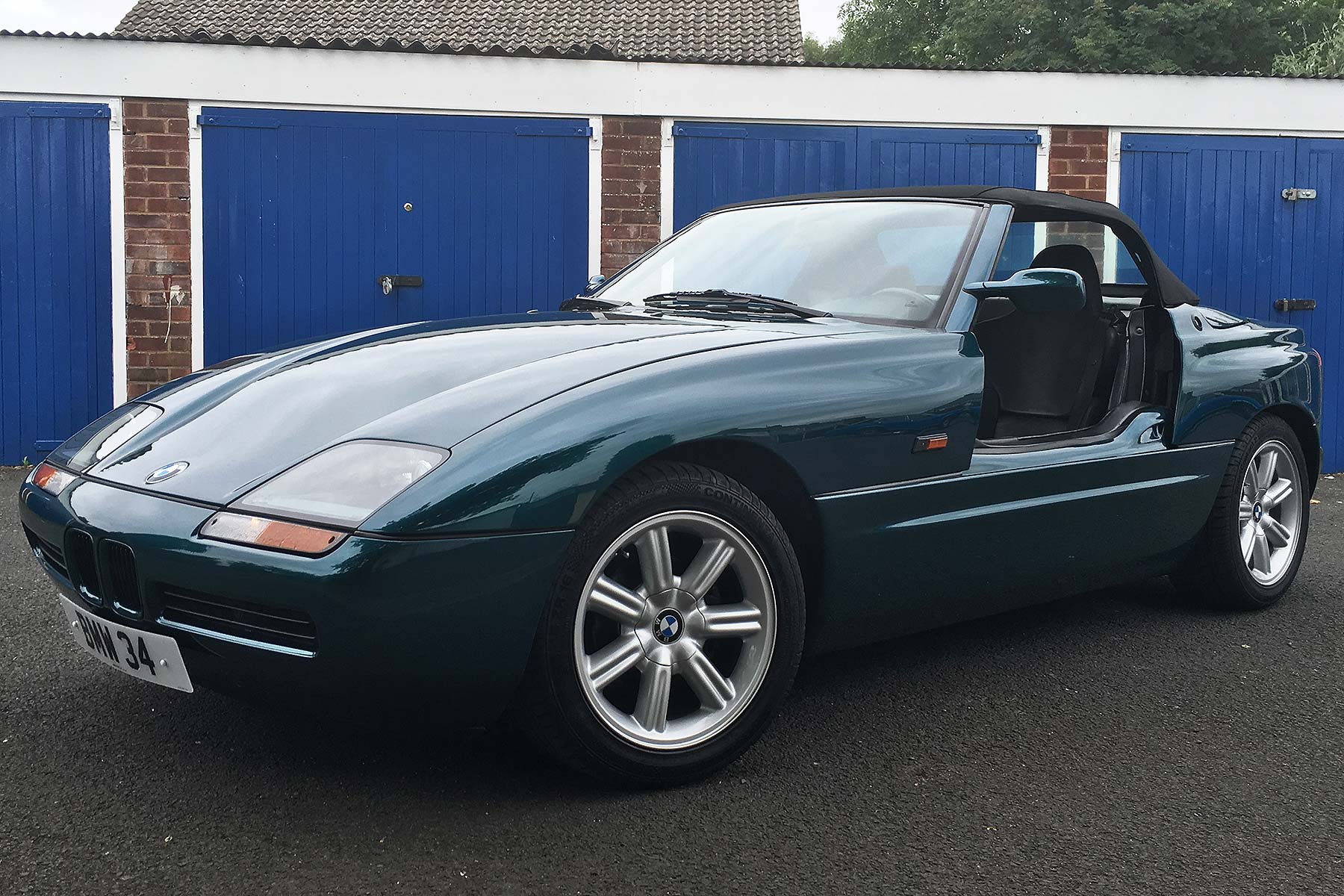
Cleverly, BMW used largely stock mechanicals for the Z1. And the bits that weren’t pilfered from other models were kept simple and fulsomely over-engineered: the ultra-stiff chassis is evidence of that. Even the doors seem generally trouble-free. You realise how heavy-duty they are because the whole car vibrates when slide up or down.
The most niggly mechanical part is actually the engine. Unlike the later M50, the M20 motor uses cambelts, and these need regular, religiously observed changes every three years or 36,000 miles. This adds to the running costs, but you’ll benefit from decent fuel economy and affordable maintenance otherwise.
Needless to say, replacing the body panels is tricky; repair is probably the best option these days. In theory, you can remove them all in 40 minutes. In reality, allow for two days…
Could I drive it every day?
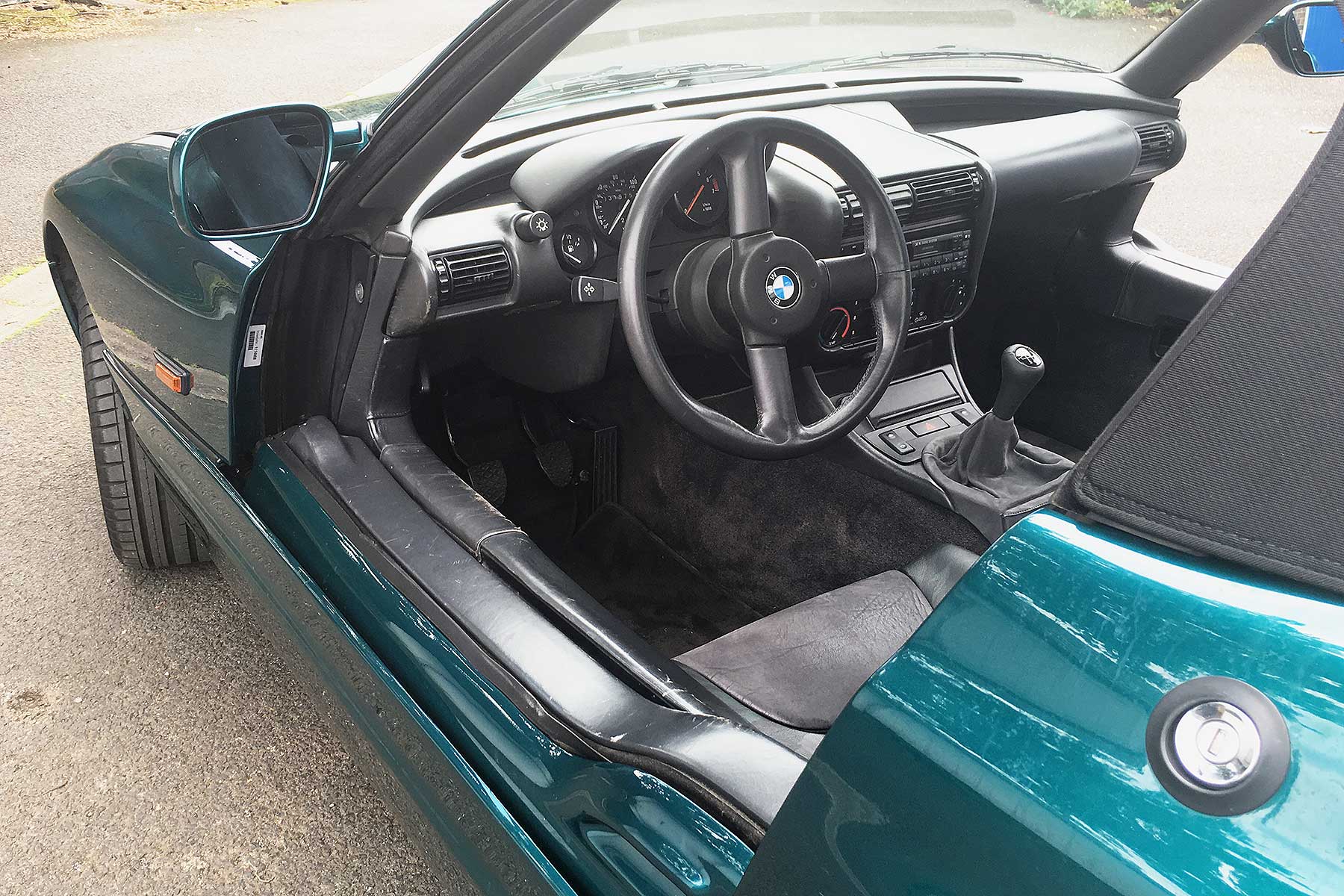
There are a few barriers to driving a Z1 every day. Of course, it’s only left-hand drive. The doors may drop into the sills, but it’s still really tricky to get in and out of – the leather on the side sills takes a beating. It doesn’t have air conditioning, so gets hot in summer if you don’t lower the doors and roof – and if you do, wind noise quickly starts roaring. The boot is tiny and your luggage feels exposed if you use the passenger seat instead. You may also find a few leaks inside the car if it rains.
On the flip side, the engine is ultra-flexible, so you can leave it in one gear and cruise along easily. The controls are reasonably positive and the brakes – supported by ABS – are less heart-in-mouth than many classic cars. You can feel the deep engineering integrity of BMW; even the fact it’s left-hand drive is countered by great visibility and compact dimensions.
How much should I pay?
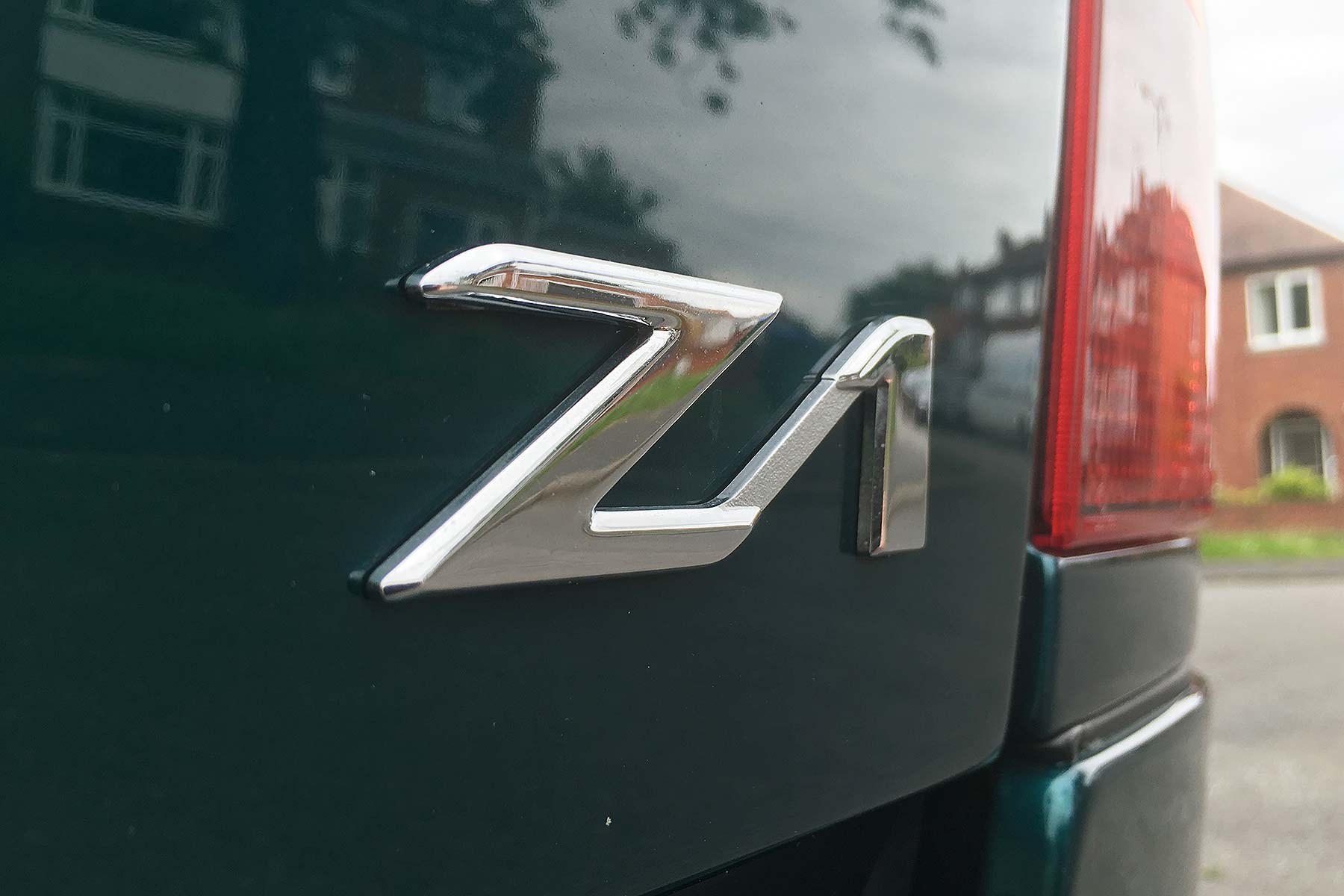
You really need to budget upwards of £40,000 to get into Z1 ownership. Some of the nicest cars are now nudging £70,000, following the upward trend of nearly all modern classics.
The days of a bargain Z1 are therefore gone, if they ever existed at all. But get a good one and it’s so rare and such a curiosity, it should never lose you money. It will never cease to be a talking point, either.
What should I look out for?
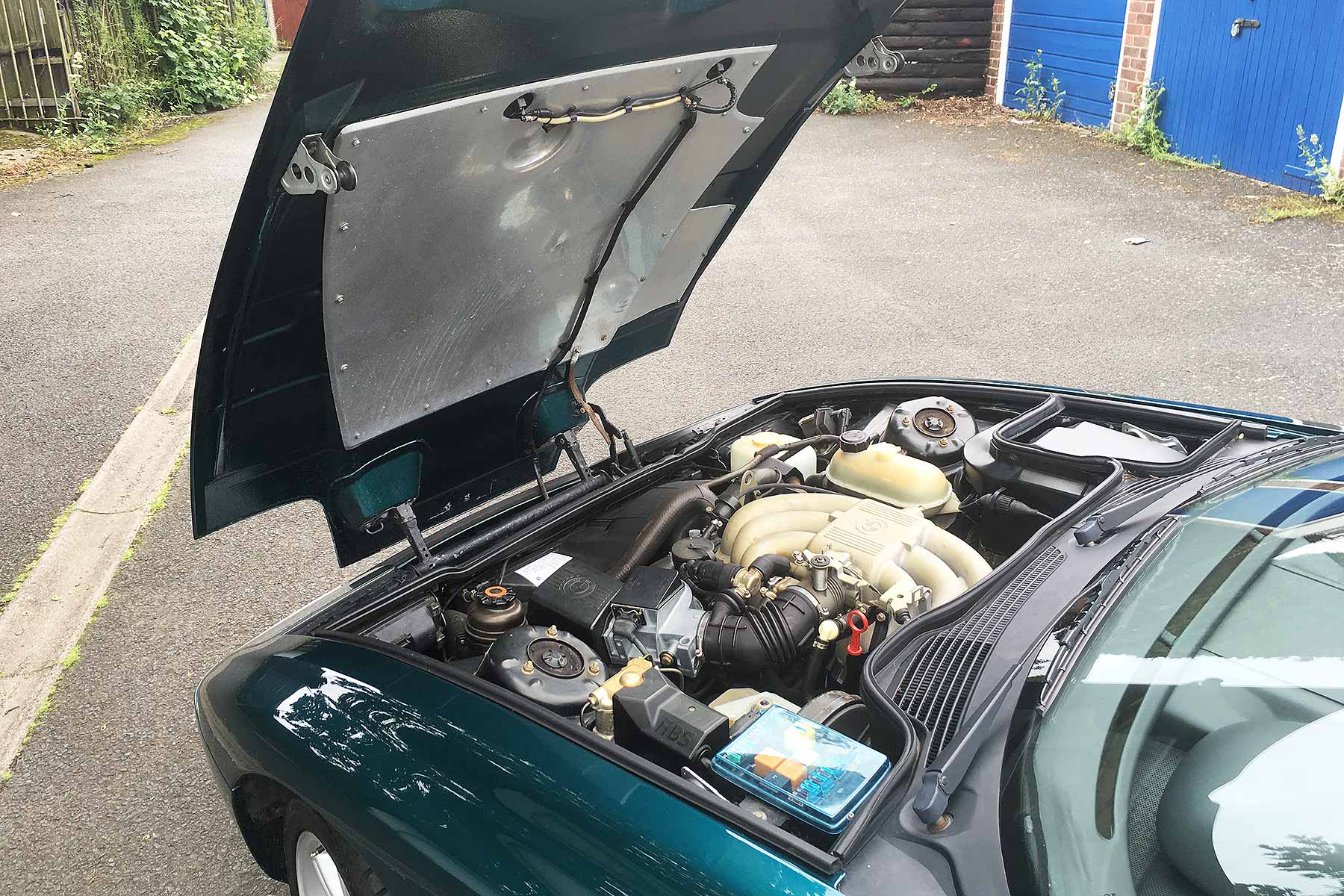
Check those composite panels with a fine toothcomb, as it’s massively difficult to get replacements, experts warn. They shouldn’t fade too badly, as the colour is impregnated within them, and this actually makes repairs easier to spot. It’s near-impossible to replace the interior trim.
Give the engine a good checkover for evidence of proper maintenance, regular belt changes and no cracked head gaskets or smoky exhausts. These parts, at least, are easier to fix. Also look for the original Z1-branded Sony stereo; they’re worth a small fortune these days and you can mark cars where they’re missing.
Should I buy one?
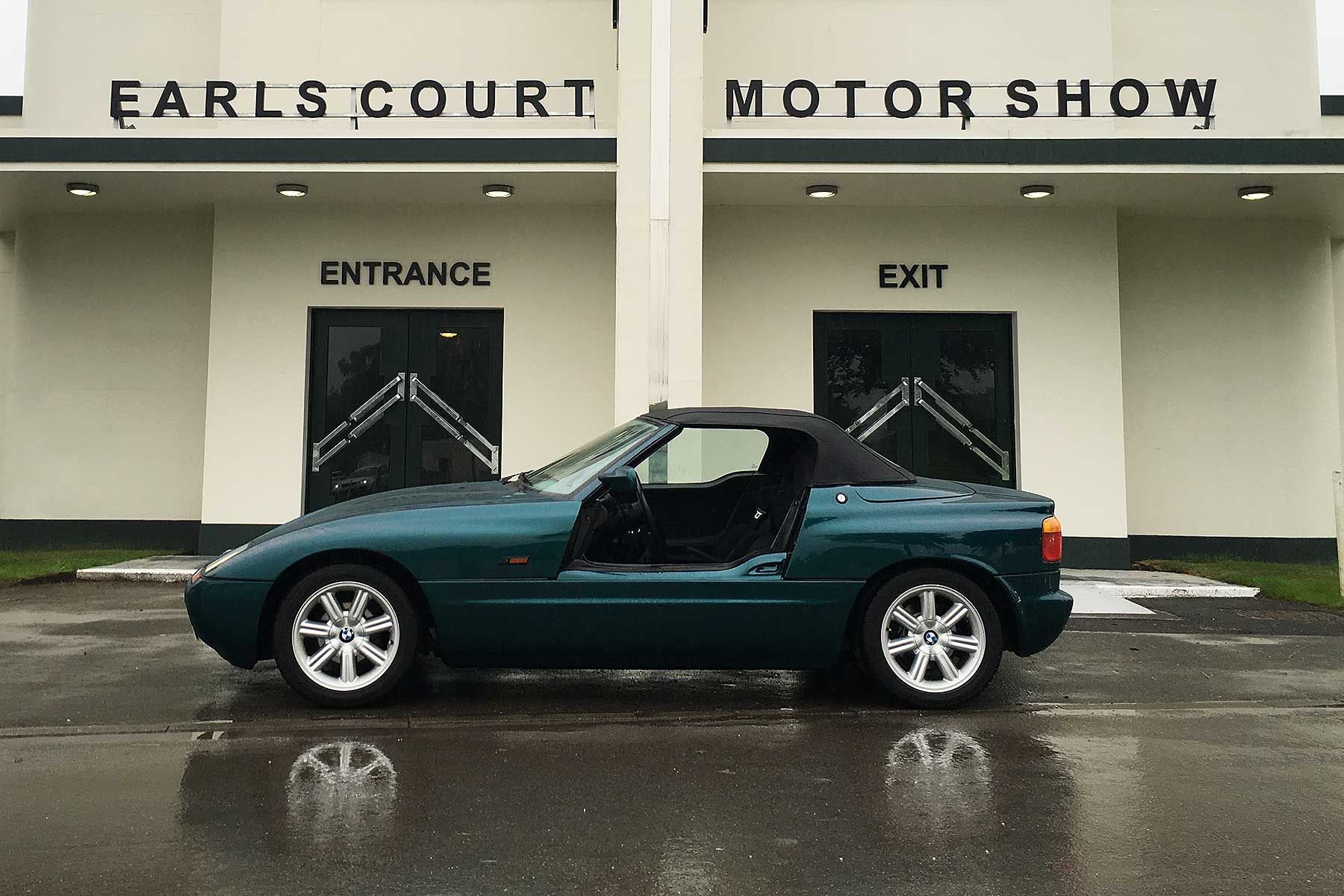
Very few people in Britain know what a BMW Z1 is. Most were sold in Germany and its lack of official right-hand-drive status affords it an exclusive image. This makes it a genuine modern-classic BMW curio, one that you can pick up for less than E30 M3 money – and turn far more heads.
It’s not as thrilling to drive as an M3, granted, but so long as you’re careful and keep it in tip-top condition, it will surely only go up in value in years to come. Indeed, that’s already happening; if you want one, you should probably buy it now.
Pub fact
The Z1’s so-called Z-axle rear suspension was later used by the E36 BMW 3 Series – and was also fitted to the Rover 75.
Although the subsequent MG6 reportedly used components and designs derived from the 75, it didn’t share the Z-axle suspension setup – apparently because BMW refused to licence this clever design to the brand’s Chinese owners.
ALSO READ:
1983 Audi Quattro review: Retro Road Test



[…] It also had the same engine as in the E30, a 2.5-liter inline six-cylinder M20 producing 170 horsepower. […]
It shouldn’t be that tappety, mine is nice and quiet. I regularly drive mine 70 on the motorway and it’s fine, just a bit blustery! It doesn’t leak either. I love it!
[…] 1990 BMW Z1 review: Retro Road Test […]